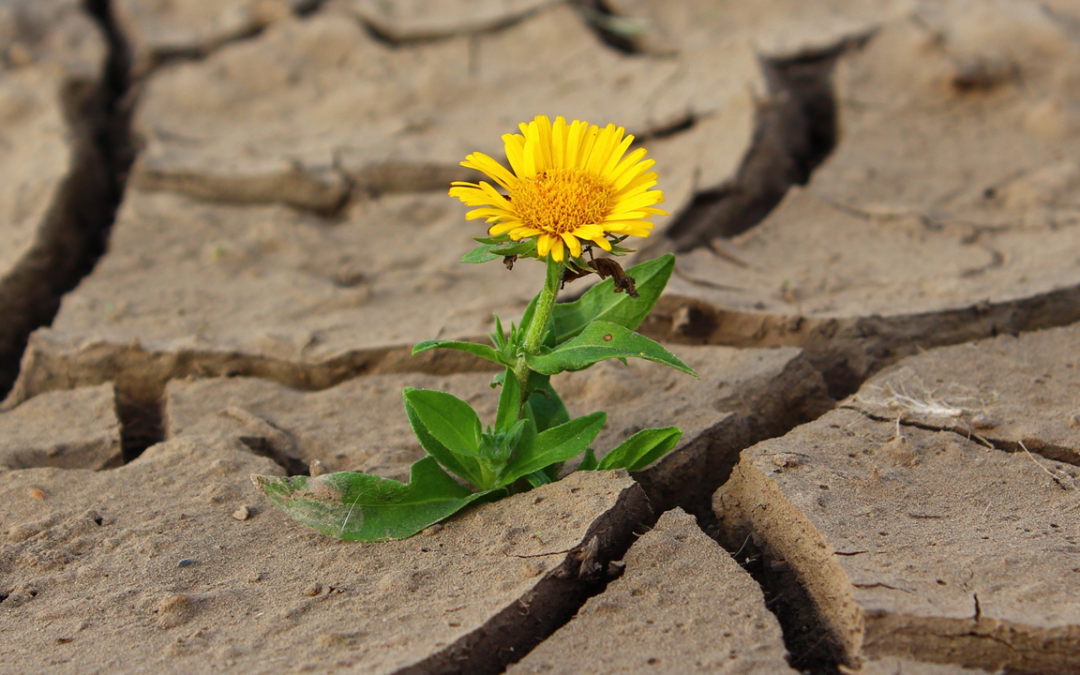What are the commonalities between Agile and Sustainability? Why Agilists, and Agile, can be a huge resource for companies to embark their journey towards Circular Economy and Zero-Emission?
We are running out of time.
This is the last call: the planet asks for a dramatic turnaround, a drastic shift in human beings’ mindset and habits in how we conceive, think, treat and use natural resources.
The linear economy funded on the paradigma “take-make-dispose” brought us here, just one step before the cliff which projects us towards scenarios of an unpredictable future with serious, if not catastrophic, consequences for every one.
Sustainability, in the broader sense, has to become the most obsessive thought of anyone. The first prioritization criterion when to choose an option in our own personal and, more over, professional lives.
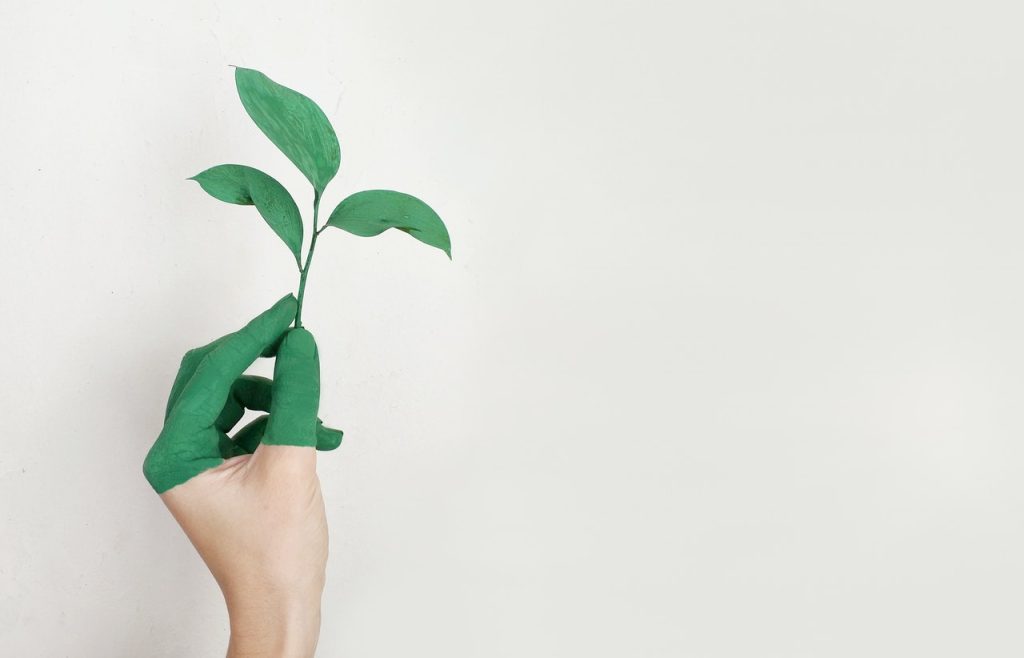
However, in the last few years, we saw some promising steps forward in this sense.
On August 2019,181 CEOs of the most important American companies, redefined the Purpose of a Corporation, to promote an economy which aims to benefit all the involved stakeholders: customers, employees, suppliers, communities and shareholders.
The sequence of actors as above reported is exactly how is is represented in that statement: a kind of prioritization of their interests that should be pursued exactly in that order.
Fairness, support, diversity, inclusion, dignity, respect, ethics, protect, sustainability, transparency, long-term value.
These are some of the terms reported in that declaration, which can be found here.
These are some of the terms reported in that declaration, which can be found here.
Despite the many detractors and critics who say it is falsehood, I had the privilege to work for two important signatory companies of that statement. These companies are taking the lead by making strong actions, and taking bold decisions to bring this to life. Every day.
Another important step towards sustainability was made in 2000 when was defined the ESG approach, an acronym that stands for: Environmental, Social, Governance.
This approach sets the foundation on how to rate the sustainability of any companies when it’s time to measure their impact on the nature, communities and the level of transparency of its governance.
ESG financial ratings have been developed that are able to give an indication to any investors on how much green, ethical, transparent and sustainable a company is and, indirectly, how much that company is exposed to risk connected to sustainability in the long term.
Another healthy and steady-growing trend, is represented by Circular Economy.
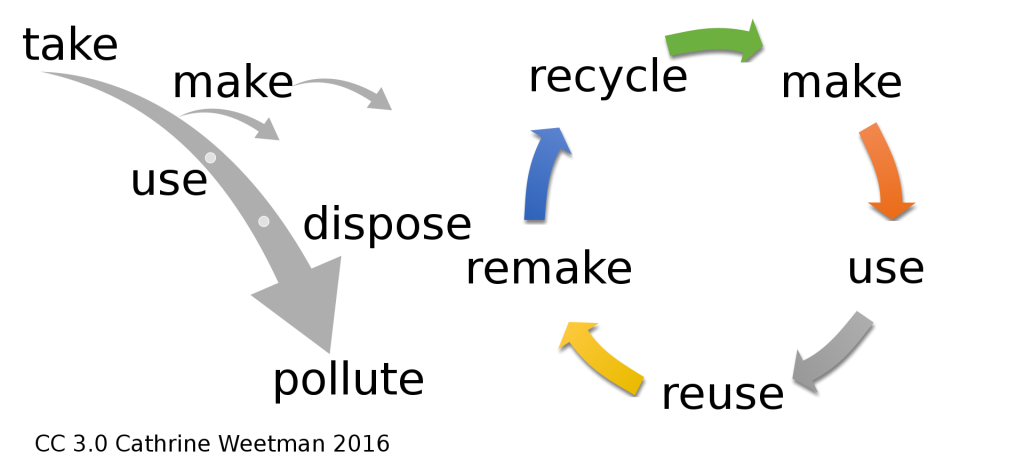
It can be thought as a model which aims at reinventing the way we use planet’s resource, how we develop new products and modalities for their usage.
Instead of just use and then dispose them, the circular economy inspires, sets the direction and paves the way on how to share, lease, repair, refurbish, recycle and reuse materials and products, as long as possible.
Technology incredible advancements disclosed, and are disclosing every day, huge new opportunities and business models able to exponentially increase the creation of value, definitely detaching it from planet’s resource consumption.
Today companies are called to holistically review and renew their operations and supply chains processes by introducing these five approaches:
- Circular inputs: renewable energy usage, bio-based materials, 100 reusable materials that come from both internal production residues or any external production wastes.
- Sharing platforms: building and/or using platforms which allows customers to share products building collaborative models of value usage.
- Product as a service: stop selling automobiles and start selling mobility, as an example of giving to customers the opportunities of using products for the time necessary while still keeping the property of the goods to the producers that is responsible for their entire life-cycle, decreasing wastes and increasing value extraction.
- Product usage extension: increase longevity of products through maintenance, repair, re-work, upgrading, re-conditioning.
- Resources re-utilization: transform what today is thought as waste of production processes, in noble resources and materials for producing brand-new products
Introducing even only one of these approaches in current business model of any traditional company, which bases its revenue on the linear-economy (take-make-dispose), is such a big change that can be daunting and could convince any of them in postponing, neglecting or discarding the decision to embrace circular economy.
We are optimistic here.
The pressure communities, citizens and customers are exercising to markets and enterprises is already strong and steadily increasing each day, pushing towards sustainable products and services.
Additionally, the ESG discipline, and related ratings, are already strongly influencing how investors, private and public ones, decide what companies deserve their attention and money.
Finally, governments are providing funds and issuing laws and regulations which advantage companies that embarked, or will decide to embark, in the journey towards sustainability and circular Economy. The European green deal is an example.
For the readers who have been patient and kept reading, a question could be rising:
What Agile has to do with all this?
A lot. Actually a lot.
First of all, sustainability has to do with a strong system of values.
Most of the people who embraced Agile since its origin, did it because of the Agile Manifesto and its founding principles.
Values such as openness, trust, respect, commitment, shares the same roots.
Principle 8: Agile processes promote sustainable development.
The sponsors, developers, and users should be able to maintain a constant pace indefinitely.
Agilists, furthermore, commit every day to Lean values as well, where we can found as the first principles the folloing: “Eliminate waste“.
Sustainability has to do with the planet and human beings wellness.
Agile, and Lean, put individuals and their interactions at the centre of everything, being the ones who can solve complex problems for the good of other individuals.
Sustainability and circular economy, to be effective, require any companies to adopt Systemic Thinking (Lean) and a strong attitude towards innovation.
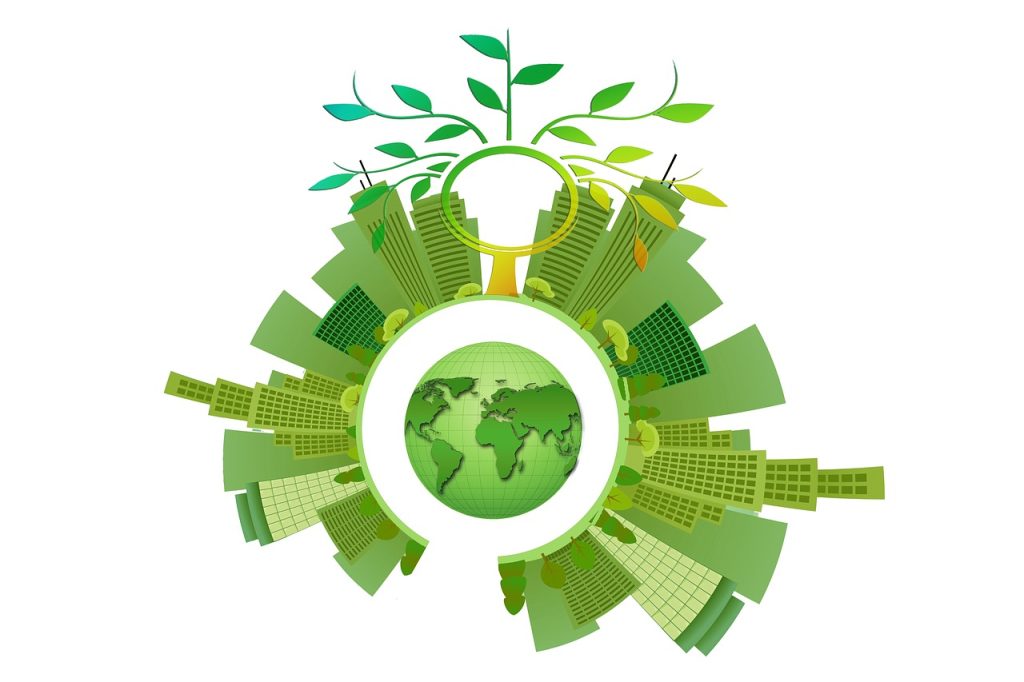
Lean Startup approaches, which implies heavy experimentation, iterative and incremental product development (MVP), a strong attention to data and measurement, is key for rethinking how companies envision, create and deliver value by relying on circular processes and approaches.
Furthermore, Scrum through its foundational characteristics such as small cross-functional teams, focus on results, empiricism, time management is, by design, the best framework for facing and solving complex problems like the ones we have to face and solve when speaking about sustainability.
Finally, Agilists are born as change agents, used to challenge the status-quo from the very beginning, over time becoming more and more confident with change management practices, experts in Coaching and Facilitation and Design Thinking techniques, ready to support the mindset and behaviors shift that such a big challenge necessity.
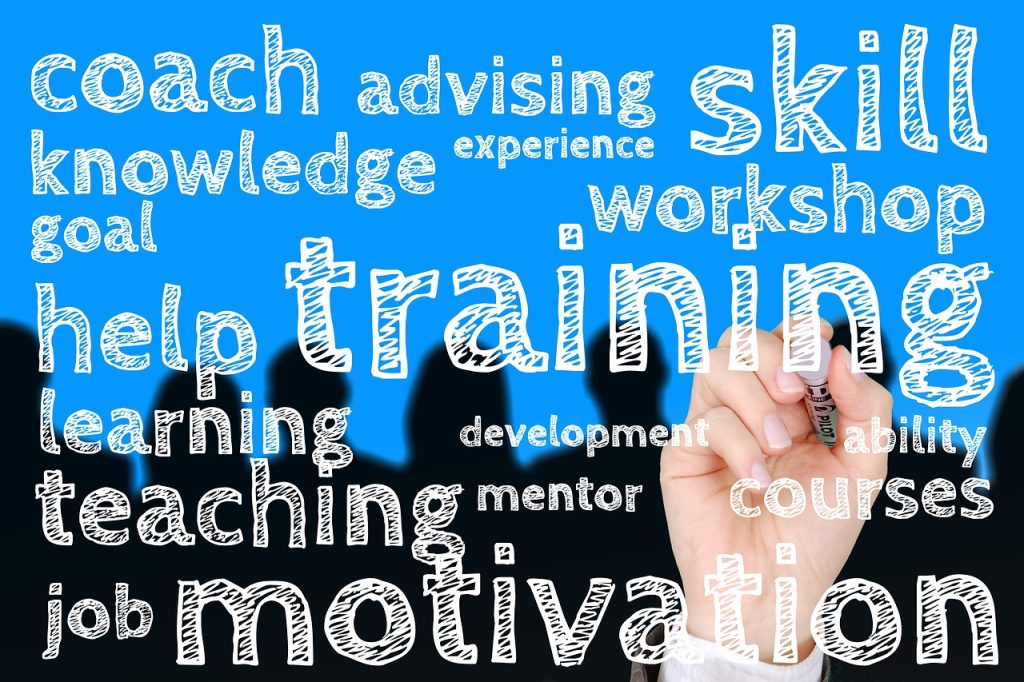
We strongly believe that the whole Agile community has a huge natural potential in accelerating the transformation of companies in their carbon-neutral (zero emission) journey.
It’s urgent to find ways to put ourselves at the service of the race towards global sustainability.
Let’s mobilize the army of Agilists to contribute in catalyzing and accelerating this change.
Maybe it’s time to draft a new version of our beloved Manifesto able to set the tone and direction of how Agile can be a means towards Sustainability.

